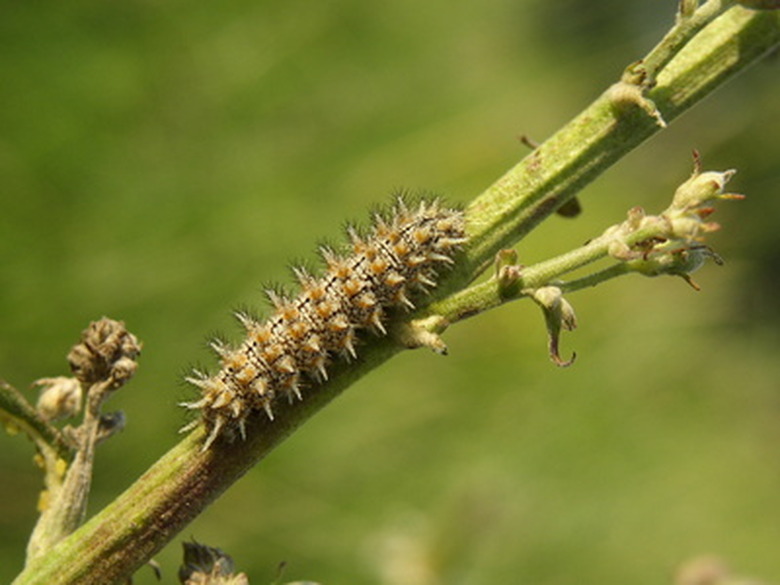The Best Insecticide For Caterpillars
A variety of caterpillar species can infest and damage ornamentals, trees and crops. Chemical insecticide control is most effective for reducing caterpillar larvae before maturation, according to the University of Kentucky.
Bacillus Thuringiensis
Bacillus thuringiensis, or Bt, is a natural insecticide derived from bacteria that causes disease among insects. Bt works by producing a protein, that when introduced into the infected caterpillar, causes it to stop eating, which eventually leads to starvation, according to Colorado State University. Because the bacteria are harmful only to some target insects, it is safe to use around humans and animals.
Esfenvalerate
Esfenvalerate is a synthetic insecticide effective on "Woolly bear" caterpillars, according to the "Pacific Northwest Insect Management Handbook." When ingested, the insecticide causes acute toxicity to insects and certain mammals, according to Oregon State University.
- A variety of caterpillar species can infest and damage ornamentals, trees and crops.
- When ingested, the insecticide causes acute toxicity to insects and certain mammals, according to Oregon State University.
Carbaryl
Carbaryl is a highly toxic, general-use insecticide common for caterpillar and other insect control. According to Cornell University, carbaryl is a highly effective insecticide that works by direct contact or inhalation; however, it is dangerous to humans and animals if improperly applied.
